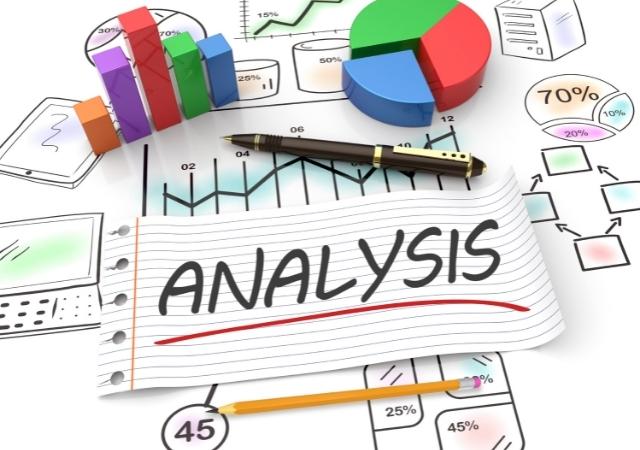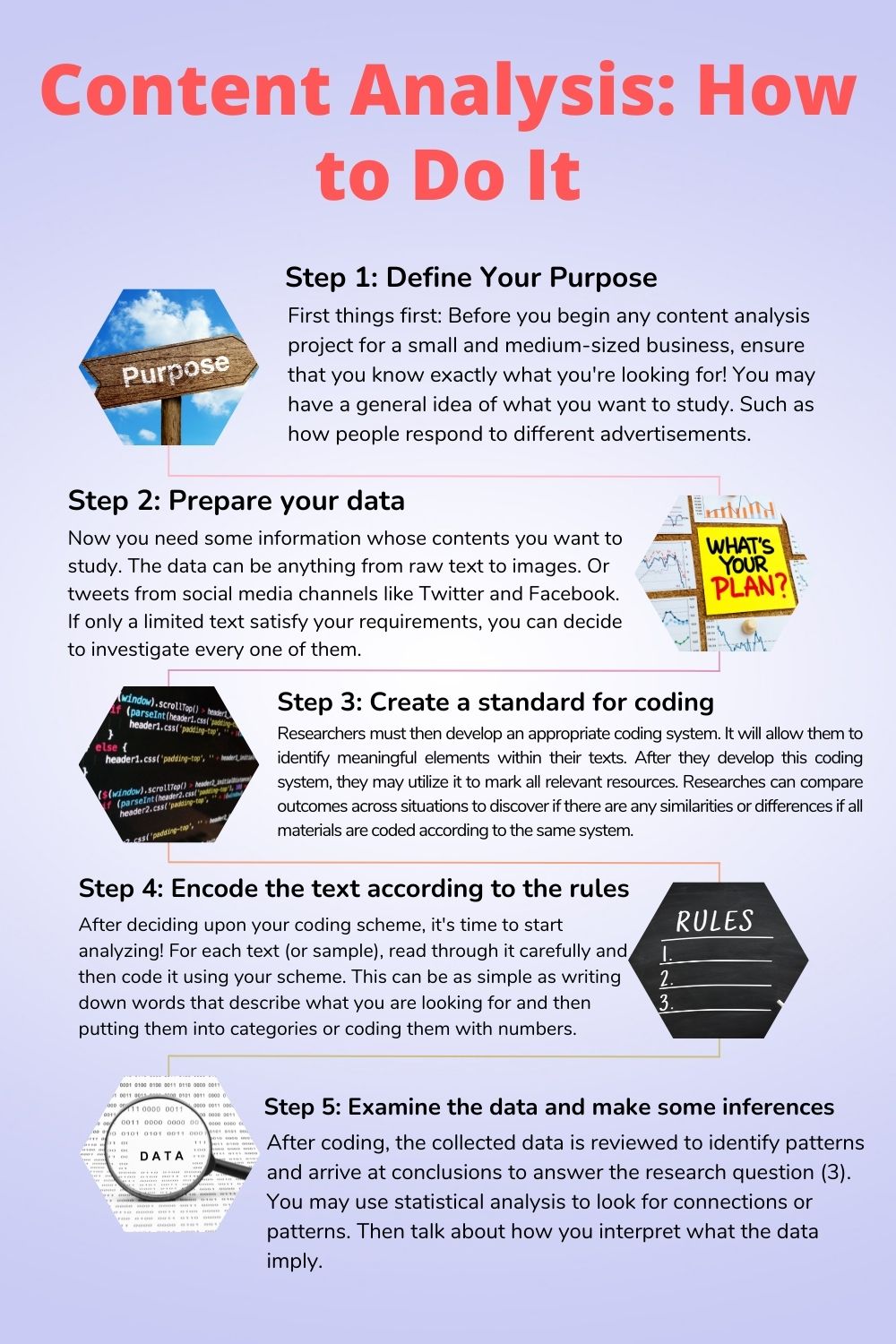What is content analysis, and how can you use it to your advantage? Aren't marketing campaigns just about the headline and a catchy body? You may be surprised when reading this entry of a blog post sharing the A to Z's of using content analysis that some of the biggest sites on the web use a more profound approach than just looking at what you see.
Content analysis is fundamental in today's research methods. It's a great way to understand your audience better and the messages they like to consume. This blog will explore what content analysis is, why it's essential, and how you can use it in your research.
What Is Content Analysis?
If you're new to content analysis, you may have heard a lot of buzz about it. But what exactly is it?
Content analysis is an approach to research that involves the systematic, scientific examination of communication. It is used in various disciplines, including business, psychology and sociology. But it also has applications in marketing and business. As a qualitative research method, content analysis examines communication's nature, distribution, and meaning within a given context (1).

A content analysis typically involves a researcher who gathers large quantities of texts (such as books or newspaper articles) on a topic within a given field. The researcher then analyzes these texts. Then use specific criteria to determine whether certain patterns emerge from the data. They can use these patterns to predict future events related to the analyzed subject matter.
Businesses can use content analysis as either an exploratory or explanatory tool when analyzing communication. Exploratory work often leads to explanations that are eventually tested out using explanatory approaches.
Content analysis can provide insight into business trends, media effects, persuasion, and information processing. As well as marketing communication strategies, political campaigns, public opinion formation, and voting behavior.
Content Analysis: How to Do It
Content analysis is a research technique that involves examining the content of a written, visual, or electronic text. Surveys, interviews, focus groups, and media coverage are the most popular sources of data for this type of analysis.
It is important to approach content analysis methodically (2). Therefore, researchers provide several detailed procedures for implementing the strategy. To do a content analysis, one must take into account take several procedures. However, the exact steps varies depending on the researcher.
Step 1: Define Your Purpose
First things first: Before you begin any content analysis project for a small and medium-sized business, ensure that you know exactly what you're looking for! You may have a general idea of what you want to study. Such as how people respond to different advertisements. But before starting your project, it is essential to define precisely what questions will guide your research.

Step 2: Prepare Your Data
Now you need some information whose contents you want to study. The data can be anything from raw text to images. Or tweets from social media channels like Twitter and Facebook. If only a limited text satisfy your requirements, you can decide to investigate every one of them. With an enormous number of texts, you may choose what you want to look at.
Step 3: Create A Standard For Coding
Researchers must then develop an appropriate coding system. It will allow them to identify meaningful elements within their texts. After they develop this coding system, they may utilize it to mark all relevant resources. Researches can compare outcomes across situations to discover if there are any similarities or differences if all materials are coded according to the same system.
Step 4: Encode The Text According To The Rules
After deciding upon your coding scheme, it's time to start analyzing! For each text (or sample), read through it carefully and then code it using your scheme. This can be as simple as writing down words that describe what you are looking for and then putting them into categories or coding them with numbers. It can be as simple as using a dictionary to determine a word's worth, or as complex as writing a comprehensive computer program to analyze and award scores to each word or phrase.
Step 5: Examine The Data And Make Some Inferences
After coding, the collected data is reviewed to identify patterns and arrive at conclusions to answer the research question (3). You may use statistical analysis to look for connections or patterns. Then talk about how you interpret what the data imply. Finally, you can draw conclusions about the people who created the texts, the context in which they were written, and the audience for those writings.
After analyzing your data, you can use it for all kinds of things:
- Create new strategies for your business to reach your audience through marketing campaigns.
- Improve customer service by identifying common problems customers encounter when interacting with your company and addressing those issues directly in future marketing materials.
- Upgrade employee training programs by identifying areas that need improvement and tailoring training accordingly.
How Can Content Analysis Help You Improve Your Business?
If you want to improve any aspect of your business — from customer service to product development — content analysis can help you get there. Here are some common uses for content analysis:
Market Research
Businesses often use content analysis to find out what consumers think about their products and services — both positive and negative — to improve them accordingly (4). This is also known as market research or market intelligence. Market research can give businesses insight into trends among customers (such as preferences for specific features or styles) and what competitors are doing. Competitor analysis can help produce positive results for businesses.

Customer Satisfaction Surveys
Using content analysis as part of customer satisfaction surveys allows you to gain deeper insights. It helps you to have an idea what customers like about your product or service, what they dislike, and how well it meets their needs. Businesses can use this information to improve products and services in the future.
SEO
Content analysis also helps with SEO because it shows what keywords people use when people mention your company online. Companies can use this data to optimize the placement of keywords in new blog posts or website copy so that they appear higher up in Google search results.

Improvements In Products Or Services
When done regularly over time, content analysis can help identify patterns in complaints. So, businesses can address them by making changes to products or services before they become serious problems for customers who have been using them successfully up until then.
Increase Conversion Rates
Content analysis can also help you increase conversion rates. It provides more targeted recommendations based on what people are searching for.



